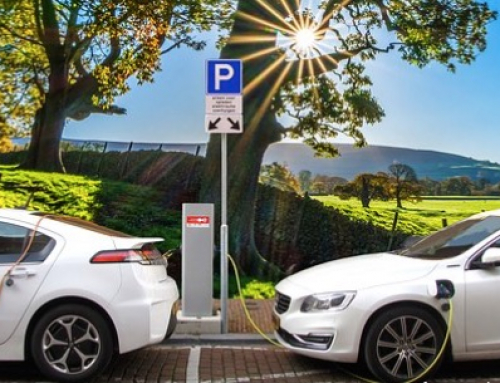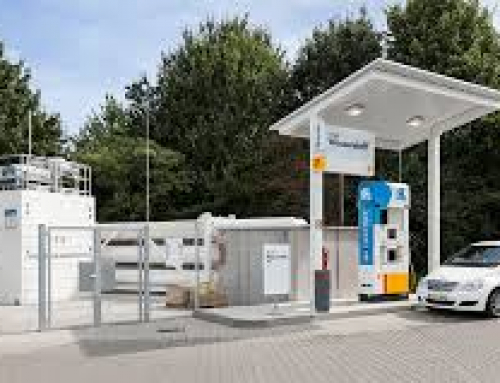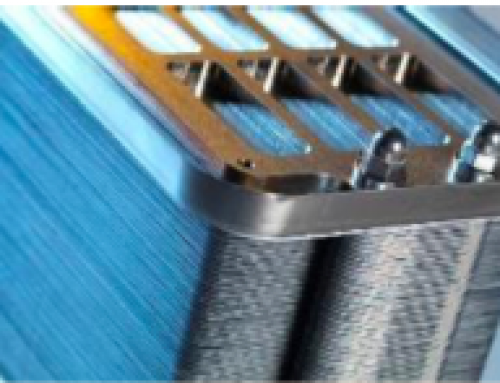By Stewart Dalby
For the past two years Ceres Power Holdings, the fuel cell group, has been a high- flying stock on London’s AIM. When we wrote about Ceres on 22 January this year we said: “The share price of Ceres Power Holdings has been increasing steadily from 213 pence at the end of November 2020 to an all-time high of 352p today”.
Ceres’ share price has taken a pounding in recent days, probably because of profit taking. The shares have fallen from 551p recently to 458p last evening (Tuesday 28 July). But this hardly constitutes a collapse. The share price remains closer to the 52-week high of 630p than the low of 175p. So what has the company done that has enabled them bring off such a stellar increase in the value of the company?
On 9 July 2020 the company gave out a Trading Update report ahead of the interim results for six months ended 30 June 2020, which will be released on Monday 28 September 2020. The report, predictably enough, commented in terms of onwards and upwards when it came to revenues and cash at the bank.
Perhaps, however, the best clue to discovering what has spear-headed Ceres’s success lay in the sentence in the Outlook section of the report. It said: “Ceres plans to invest around £5 million in the development of solid oxide electrolysis for hydrogen and potentially synthetic fuels over the next…..18 months.” Ceres already has a product known as a SteelCellTM on its books. The steel cell is a solid oxide fuel cell (SOFC) that has some advantages over the more commonly used alkaline or proton exchange membrane cell (PEM).
One advantage of the SOFC is that it can produce electricity from impure hydrogen, in fact it can use everything from hydrocarbons to pure hydrogen. The hydrocarbons are reformed, i.e. converted, into hydrogen and carbon gases before being fed to the cell. Since the hydrocarbons are not being burnt the cell is a more efficient use of energy and no particulate matter is emitted.

A hydrogen refueling station
The idea that Hydrogen can play a big part in finding solutions to reduce emissions and solve climate change problems is what has spurred the investment in Ceres. The growing interest in hydrogen is widespread. There is increasing business enthusiasm and an economic case for making green hydrogen. Investors seem recently to have homed in on hydrogen stocks, in particular amongst the publicly listed renewables companies.
Ceres is not the only AIM-listed company orientated towards growing a hydrogen economy. In the 52 week period ending today ITM Power, which describes itself as a company that, ‘Invests in clean technology’ has seen its shares go from a low of 34.38p to a high of 358p. Last evening (Tuesday 28 July), they stood at 257p.
Let’s go back to the beginning of Ceres’s story to see how it has got to where it is today. Some ten years ago Ceres concentrated on using the fuel cell, from their base in Horsham, West Sussex in the UK, to make what they thought were ground-breaking combined heat and power (CHP) boilers. These would be for homes and small to medium sized businesses (SMEs).
This business model did not work and in 2014 the company decided to change direction. The new strategy was to form partnerships with Original Equipment Manufacturers (OEMs). Since 2014 the company has duly successfully sold its systems for a variety of applications from stand-alone generation for data centres to electric cars, to a roster of blue-chip OEMs which have supported the commerciality of its technology.
The Trading Update says the group, despite modest disruption from Covid-19, has recorded another period of significant growth across all areas of the business. It adds: “Revenue and other operating income for the 12 month period to 30 June 2020 will be around £20m; 20-25 per cent more than the prior 12-month period. Cash and short-term investments were approximately £108m at 30 June.
Two stand-out OEM partnerships are with Bosch in Germany and Weichai in China. The Update says Bosch has commenced manufacturing of Ceres’ fuel cell technology at its pilot facility in Germany and increased its shareholding in Ceres to circa £18m generating gross proceeds for the company of £38m.
The Weichai relationship is making good progress and both parties remain committed to the joint venture in China; but Covid delays are likely to impact on the timeline for the JV. Weichai also invested a further £11m during the period, maintaining its 20 per cent shareholding.
Perhaps the only financial data absent from the Trading Update was what the loss was for the period; if there was one. For the year ended on 30 June 2019 the operating loss was still £7.9m despite the £16.4m turnover.
It seems, however, that the losses of the 2018/20219 financial year and the possible losses of 2019/2020 are not causing anybody to lose sleep just now; given that the gross proceeds of £49m from Bosch and Weichai leave the company with ample investment capacity.
The company says: “We are well placed to benefit from the strategic role of clean technologies in economic recovery.” House broker Berenberg commenting on the accelerating investment in the new solid-oxide electrolysis technology says: “While the system remains at an early stage, it could offer a very compelling proposition for industrial customers in an industry where PEM systems currently dominate.
The broker adds: “We believe there is a path to Ceres delivering over £800m of sales and £300m of operating profits.” Berenberg does not say when it thinks this is going to happen. We will have to wait until September, when the interims are published to get more enlightenment on the state of things




